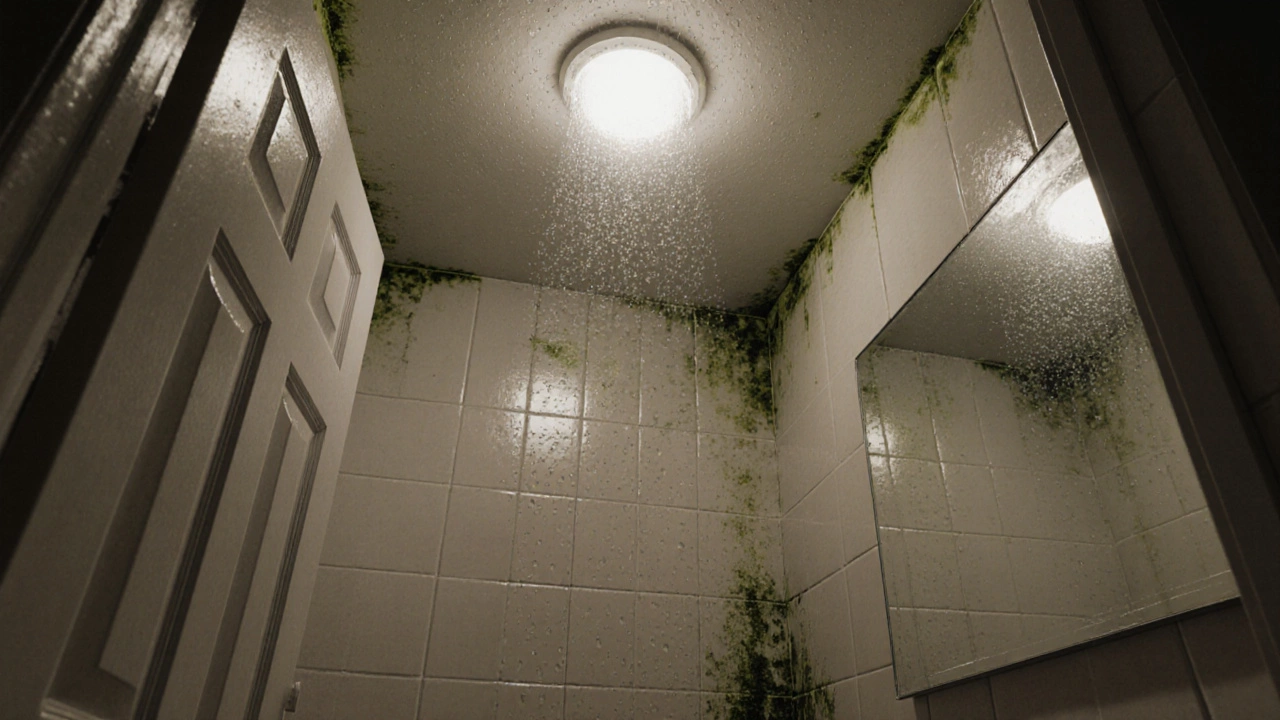When dealing with Mold growth, the unwanted development of fungi caused by excess moisture in indoor environments. Also known as indoor mold, it can spread inside refrigerators, washers, dryers, and even dishwashers, turning a handy appliance into a health hazard. Appliance moisture, the damp conditions that linger after use or from leaks is the main fuel, while air circulation, the flow of fresh air that helps dry interior surfaces decides whether spores stay put or get flushed out. Finally, preventive cleaning, regular wipe‑downs and descaling that remove organic buildup is the easiest weapon you have.
Most people think mold only lives in bathrooms, but any place that stays damp is a playground for spores. In a fridge, spilled liquids that sit behind the vegetable drawer create a micro‑climate perfect for fungi. In a washing machine, residual water in the rubber gasket provides the same breeding ground, especially after cold‑water cycles. Dryers that run on low heat or have clogged lint filters trap moisture, leading to that musty smell on clothes. Even dishwashers develop mold when the door stays closed after a cycle, preventing the interior from drying fully.
These conditions tie back to the three core entities we mentioned. When appliance moisture accumulates, it raises humidity levels inside the unit. Poor air circulation means that humidity can’t evaporate, so spores settle and grow. Regular preventive cleaning breaks the food and detergent residue that spores love, cutting off their food source. The result is a healthier home, longer‑lasting appliances, and fewer asthma triggers.
Our collection of guides below dives into specific symptoms you might spot: a freezer that suddenly smells sour, a washer that leaves a mildewy odor, or a dryer that produces a clingy, damp dampness on laundry. Each article explains how to diagnose the problem, the quick DIY fixes you can try, and the signs that it’s time to call a professional. Whether you’re battling a stubborn freezer ice‑maker issue or figuring out why your dishwasher won’t drain, the mold angle is often part of the puzzle.
Ready to roll up your sleeves? Below you’ll find practical steps, safety tips, and repair advice that keep mold at bay while getting your appliances back to peak performance. Let’s get into the details so you can breathe easier and protect your gear at the same time.
Posted by
Orin Trask
0 Comments

Skipping an extractor fan leads to moisture, mold, poor air quality, and higher energy bills. Learn the risks, signs, and how to choose and maintain the right fan for a healthier home.
read more